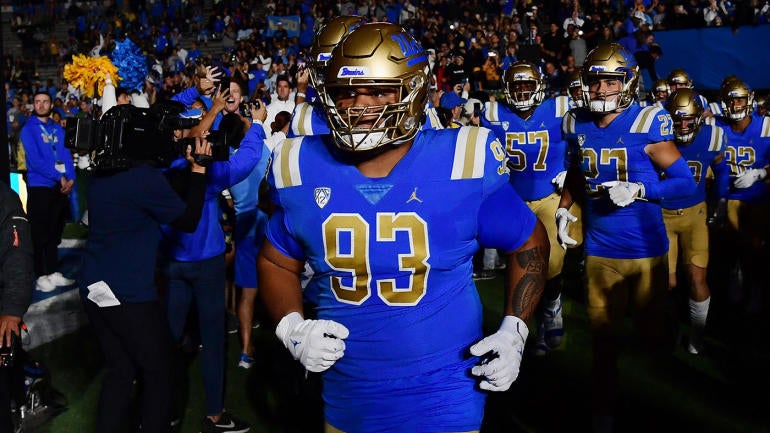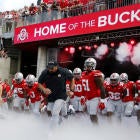
The transfer portal for the 2023-24 offseason has officially closed, with the spring window reaching its conclusion last week and many of the top uncommitted prospects choosing their new destination in recent weeks. The spring window was not only smaller in size (14 days) than the winter window, it also lacked the same drama and seismic moves.
And that's a great thing for college football.
It's not the best for business if your business is based on discussing transfer portal buzz, like it is for us on the Cover 3 Podcast. In putting the spring portal window to bed this week on the show, a prevailing theme was that while we did not have the juicy moves to generate intrigue and conversation, the sport as a whole showed a stability that is encouraging moving forward.
There are other explanations, of course. The SEC, for example, does not allow transfers between schools in the spring window. But even with that in mind, there was a feeling that the programs prepared to invest in talent were going to be able to roster shop to address their needs. But the window opened and closed, and we didn't see any major quarterback movement or as many of the rumored big-time moves.
That's where the health of the sport was on display, according to my Cover 3 co-host, Bud Elliott, as teams not found among the top 15-20 programs in the country still found ways to retain talent on their roster.
"Shoutout to most of the collectives and fanbases out there," Elliott said. "It looks like a lot of schools [paid to keep their players]. And, generally, it's going to be cheaper to keep your player than it's going to be to go out and acquire somebody else, it's better business. If you have a guy, he's in-house and you like him, I think a lot of schools paid up to kept them in house. I don't know if that was predicted or anticipated for everybody, and we didn't know what to expect with the court ruling [allowing unlimited transfers].
"This was a real bummer of a window in terms of talent, but I'm happy for a lot of fanbases that their teams did not get picked over."
There's already a growing separation between so-called "haves" and "have-nots" among the conferences at the Football Bowl Subdivision level, and in recent years, similar divides have been growing even within the power conferences. If the top 15-20 programs can simply shop the rosters of other power-conference teams every portal window, the sport will become even further divided and the opportunity for parity or balance will continue to shrink. Seeing programs keep those highly coveted players on the roster suggests the investment level in roster retention is high enough to keep the sport's middle class competitive.
One great example is UCLA defensive tackle Jay Toia, who was a top target for Texas in the portal. Toia was even in Austin for the Longhorns' spring game, but upon returning home, he pulled his name out of the portal and recommitted to the Bruins. In some cases, a player never even reached the point of officially entering the portal; amid a buzz of interest from elsewhere, a star player would announce a new deal with his original program's NIL collective.
Schools keeping their star players away from poachers was a refreshing reminder that roster retention can be as important as any high school recruit or transfer portal addition. So while the spring portal window lacked the kind of buzz that can be good for business for those of us hosting a college football podcast, it's overall a good thing for fans, and the sport as a whole, that the new world of player movement is not totally dominated by the schools who can spend the most.
You can listen to the Cover 3 Podcast's transfer portal discussion in greater detail below.





















